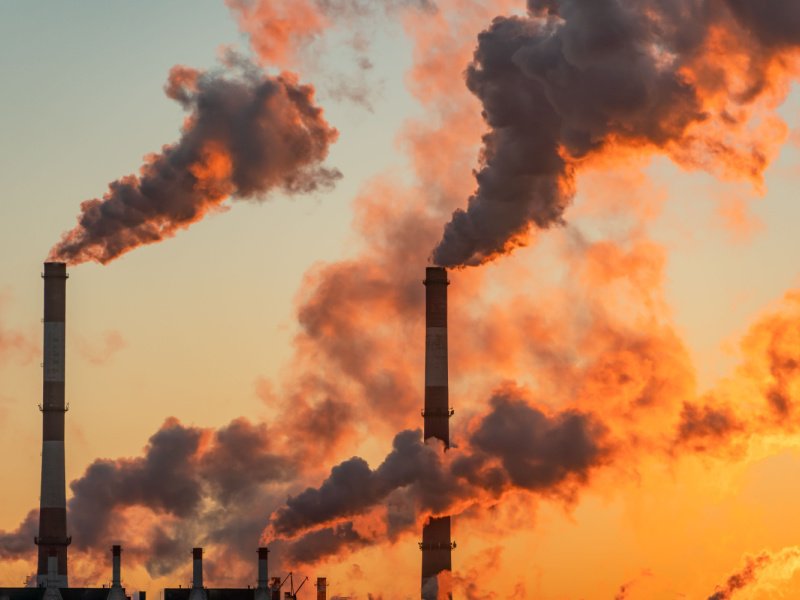A new $22 million grant program for Australian and Austrian companies developing technologies that decarbonise hard-to-abate industries has opened to applicants.
The Australia – Austria Industrial Decarbonisation Demonstration Partnerships Program is targeting industries like iron and steel, chemicals manufacturing, lime and cement manufacturing, or alumina and aluminium.
The industries use massive amounts of energy and can have high investment costs for process equipment with long payback periods and a lifetime of more than 20 years.
By replacing the process with emissions reduction technologies it is estimated nearly 60Gt CO2 emissions could be stopped.

Up to $3.5 million is now on offer to Australian companies, out of a pool of $12 million over four years, to work on projects in partnership with Austrian counterparts. The remaining €7 million ($11.6 million) will be offered to Austrian companies.
The projects must also meet the objectives of the Net Zero Industries Mission co-led by Australia and Austria, a part of the 23-country Mission Innovation initiative.
While Austria and transnational consortium applications opened on Wednesday, Australian applications won’t open until Monday. National applications close on July 18 while transnational applications close on July 16.
The cooperative research and development projects must fall between technology readiness level five and eight, covering projects that have had their prototype validated in relevant environment through to being fully validated for commercial use.
Suitable technologies include fuel switching to biomass or bioenergy, switching to clean hydrogen use like in the direct reduction of iron, electrification of production and processes, digitalisation, the use of alternative materials, or carbon, capture, utilisation and storage.
The Australian and Austrian governments signed a bilateral Strategic Cooperation Arrangement in September 2021, which lists climate and energy as a key priority area for collaboration.
Earlier this month, Australia and the European Union, of which Austria is a member, also committed to “further cooperation and collaboration on Industrial carbon management through policy and technology information sharing and knowledge exchange”.
The Australian government’s ambition is to become a renewable energy superpower underpinned by a clean manufacturing base.
This month, Prime Minister Anthony Albanese unveiled intentions for a Future Made in Australia Act, serving as a response to generous clean manufacturing available in other jurisdictions. At the time, he flagged support for hydrogen, green metals, and advanced manufacturing.
The Climate Change Authority is scheduled to complete Sectoral Pathways Review for the technologies and operational changes needed to decarbonise six hard-to-abate sectors, on August 1.
Sectoral decarbonisation plans for the six sectors are also being produced across four government departments.
Policy experts Rod Sims and Ross Garnaut are pushing for a $100 billion a year carbon levy to fund support for new export industries like green iron, green aluminium, green polysilicon, green transport fuels, and green urea.
In February, Mr Sims said that the “economics have changed”, arguing that “this isn’t ‘process more in Australia’ as some sort of mantra”.
The new green industries could capitalise on the ‘green premium’ that will be instituted when the European Union’s (EU) Carbon Border Adjustment Mechanism – a tariff on high carbon intensity products – comes into full effect in 2026.
The EU has ambitions to undertake 40 per cent of its critical raw materials processing needs, including aluminium, within its borders by 2030.
However, EU Energy Commissioner Kadri Simson has previously said that global demand for critical raw materials – referred to as critical mineral in Australia – would mean both Australian and European industrial ambitions could coexist.
Do you know more? Contact James Riley via Email.

